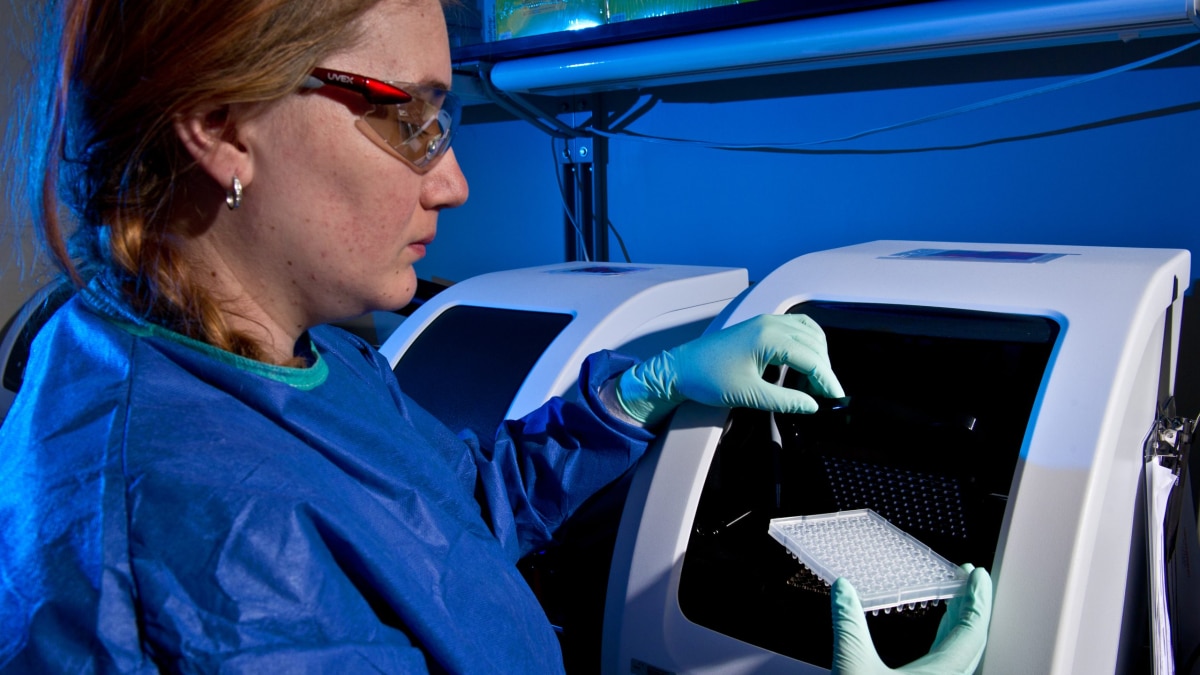Key points
- Clinical reference laboratories can provide diagnostic testing for Mycoplasma pneumoniae infections using culture, serology, or molecular methods.
- Multiple U.S. Food and Drug Administration (FDA)-cleared tests can detect M. pneumoniae infection.
- Nucleic acid amplification tests (NAATs) are the preferred method of diagnostic testing for M. pneumoniae infections.

Lab methods
Culture of M. pneumoniae is performed by specialized reference laboratories, but it's time-consuming and not optimal for treatment decisions.
Serological testing is performed in some clinical laboratories but lacks specificity. It often requires multiple patient visits to collect acute and convalescent paired sera specimens (time-sensitive sampling).
Molecular tests such as nucleic acid amplification tests (NAATs) offer high sensitivity and specificity and provide timely results for treatment decisions. These tests can also predict antibiotic susceptibilities.
Options for routine or specialized testing needs
Clinical laboratories support serological and molecular diagnostic testing using commercially available tests and FDA-cleared in vitro diagnostic products.
Public health laboratories can provide diagnostic support or forward specimens to CDC for specialized testing needs.
Availability of molecular tests
Currently, many clinical and public health laboratories use molecular test methods, such as NAATs.
FDA has cleared multiple in vitro diagnostic tests for M. pneumoniae detection. Most detect multiple respiratory pathogens, including M. pneumoniae. However, some FDA-cleared tests are for detection of M. pneumoniae only.
Benefit of multi-pathogen testing
Unique characteristics impact diagnostic methods
M. pneumoniae differ from other bacteria in ways that impact the methods used for diagnosis of infection. Laboratorians should keep these characteristics in mind when working with M. pneumoniae.
- They can pass through filters typically used to remove bacteria.
- Light microscopy cannot detect them.
- They don't produce visible turbidity in liquid growth media.
In order to achieve visual confirmation of growth, M. pneumoniae cultures require specialized media. Growth in this media can take several weeks to confirm.
